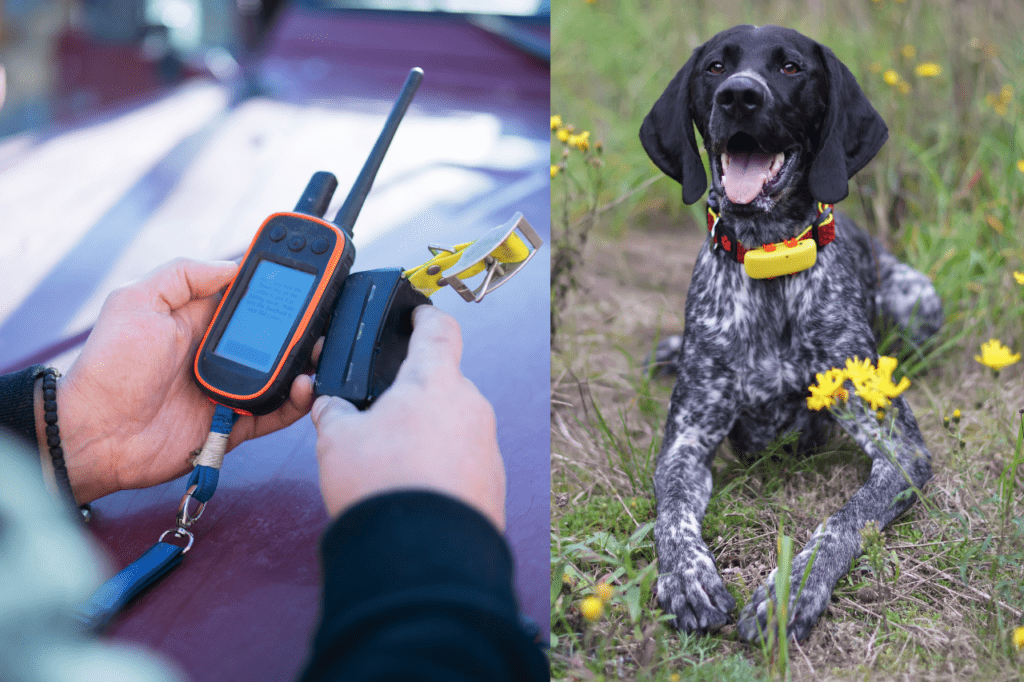Shock collars, also known as electronic collars or e-collars, are devices that deliver an electric shock to a dog’s neck as a form of punishment or correction. While some argue that they are an effective tool for training dogs, others believe that they can be harmful and inhumane. In this article, we will explore how shock collars work and examine their potential risks and benefits.
How shock collars work
Shock collars typically consist of a receiver that is attached to a dog’s collar and a remote control that is operated by the owner or trainer. When the dog exhibits an unwanted behavior, such as barking or jumping, the owner or trainer can press a button on the remote control to deliver a shock to the dog’s neck.
The shock is delivered through metal prongs on the receiver that make contact with the dog’s skin. The intensity of the shock can be adjusted, ranging from a mild sensation to a more intense jolt.
Potential risks of shock collars
The use of shock collars has been criticized by many animal welfare advocates, who argue that they can cause physical and psychological harm to dogs. Some potential risks of shock collars include:
- Burns and skin irritation: The metal prongs on the receiver can cause burns and skin irritation if they are not properly fitted or if they are left on for too long.
- Anxiety and fear: Shock collars can cause dogs to associate certain behaviors or situations with pain or discomfort, leading to increased anxiety and fear.
- Aggression: Some studies have suggested that the use of shock collars can lead to increased aggression in dogs, particularly if they are used as punishment for aggressive behavior.
- Ineffectiveness: While some argue that shock collars can be an effective tool for training dogs, others believe that they are not as effective as positive reinforcement techniques and can actually be counterproductive.
Potential benefits of shock collars
Despite the potential risks, some argue that shock collars can have benefits in certain situations. Some potential benefits include:
- Quick correction: Shock collars can provide a quick and immediate correction for unwanted behaviors, which can be especially useful in situations where the dog’s safety is at risk.
- Training for hunting and working dogs: Shock collars are commonly used for training hunting and working dogs, as they can be an effective tool for controlling the dog’s movements and behaviors.
- Last resort before extreme measures: Some argue that shock collars can be used as a last resort before more extreme measures are taken, such as rehoming or euthanasia.
Conclusion
The use of shock collars for dog training is a controversial topic that has sparked debate among pet owners, trainers, and animal welfare advocates. While some argue that they can be an effective tool for controlling unwanted behaviors, others believe that they are harmful and inhumane. It is important for dog owners and trainers to understand the potential risks and benefits of shock collars and to prioritize the welfare of the dog in all training methods. In general, positive reinforcement techniques are considered a safer and more effective approach to dog training.











Recent Comments